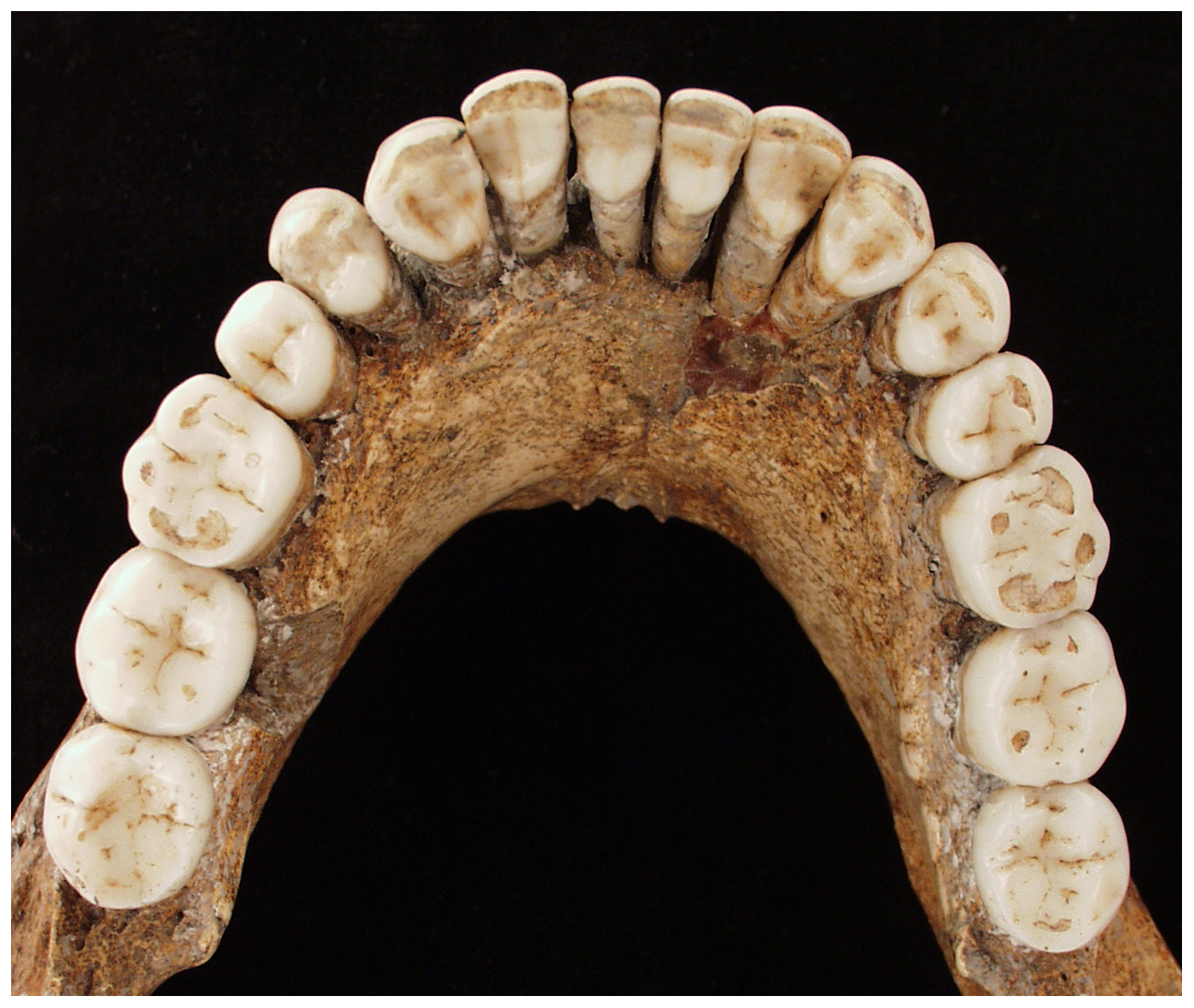Most Neanderthals Were Right-Handed Like Us

Right-handed humans vastly outnumber lefties by a ratio of about nine to one, and the same may have been true for Neanderthals. Researchers say right-hand dominance in the extinct species suggests that, like humans, they also had the capacity for language.
A new analysis of the skeleton of a 20-something Neanderthal man confirms that he was a righty like most of his European caveman cousins whose remains have been studied by scientists (16 of 18 specimens). Dubbed "Regourdou," the skeleton was discovered in 1957 in France, not far from the famous network of caves at Lascaux.
Scientists previously had argued that Regourdou was right-handed based on the muscularity of his right arm versus his left arm. Now an international team of researchers say they have confirmed that assumption by conducting a more sophisticated analysis of his arms and shoulders and then linking that data with the scratch marks on Regourdou's teeth.
Neanderthals used their mouths like a "third hand" for manipulating objects like food, resulting in significant wear and tear on their front teeth, University of Kansas researcher David Frayer, who was involved in the study, explained in a statement from the school. And the angles of the scratch marks on the teeth can indicate which hand was gripping the food and which hand was cutting. They found that right-angled scratches were the most common and left ones the least for all the teeth.
"We've been studying scratch marks on [Neanderthal] teeth, but in all cases they were isolated teeth, or teeth in mandibles not directly associated with skeletal material," Frayer said."This is the first time we can check the pattern that's seen in the teeth with the pattern that's seen in the arms."
Handedness is a mark of brain lateralization — a division between the left and right hemispheres of the brain, with each controlling opposite sides of the body. [10 Amazing Facts About the Human Brain]
If Neanderthals were indeed right-handed, that "confirms a modern pattern of left brain dominance, presumably [signalling] linguistic competence," the researchers write in their paper published online Aug. 22 in the journal PLoS ONE. (In humans, the left side of the brain plays a primary role in language.)
Get the world’s most fascinating discoveries delivered straight to your inbox.
"The long-known connection between brain asymmetry, handedness and language in living populations serves as a proxy for estimating brain lateralization in the fossil record and the likelihood of language capacity in fossils," the researchers, led by Virginie Volpato of the Senckenberg Institute in Frankfurt, Germany, write.
Their research builds on other evidence — including archaeological finds and DNA analyses — hinting that Neanderthals might have spoken like humans before they went extinct around 30,000 years ago.
Follow LiveScience on Twitter @livescience. We're also on Facebook & Google+.




